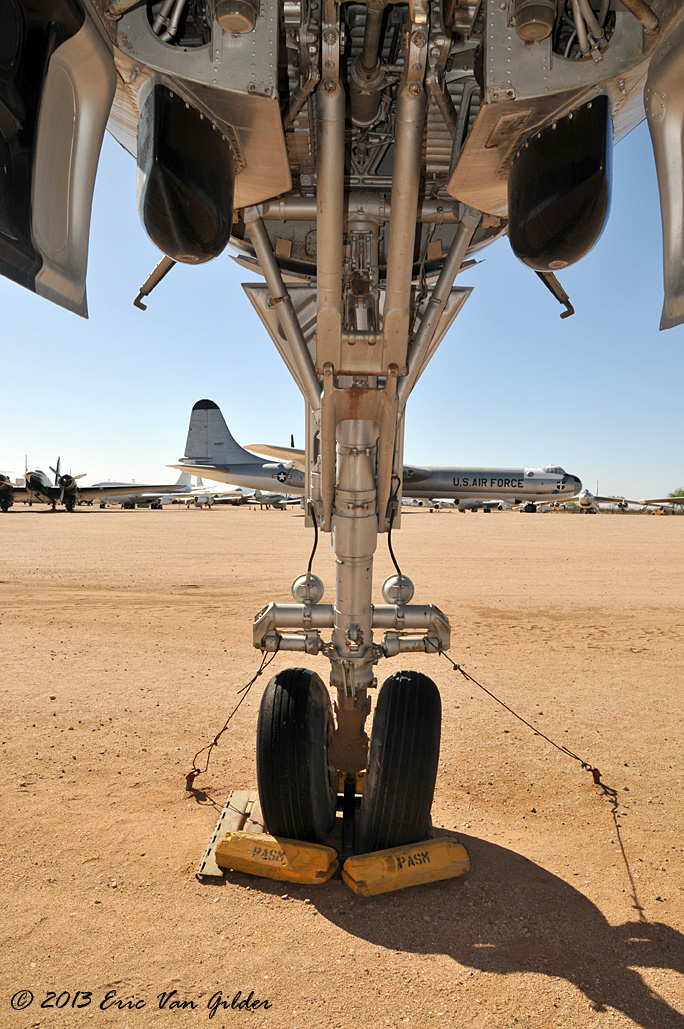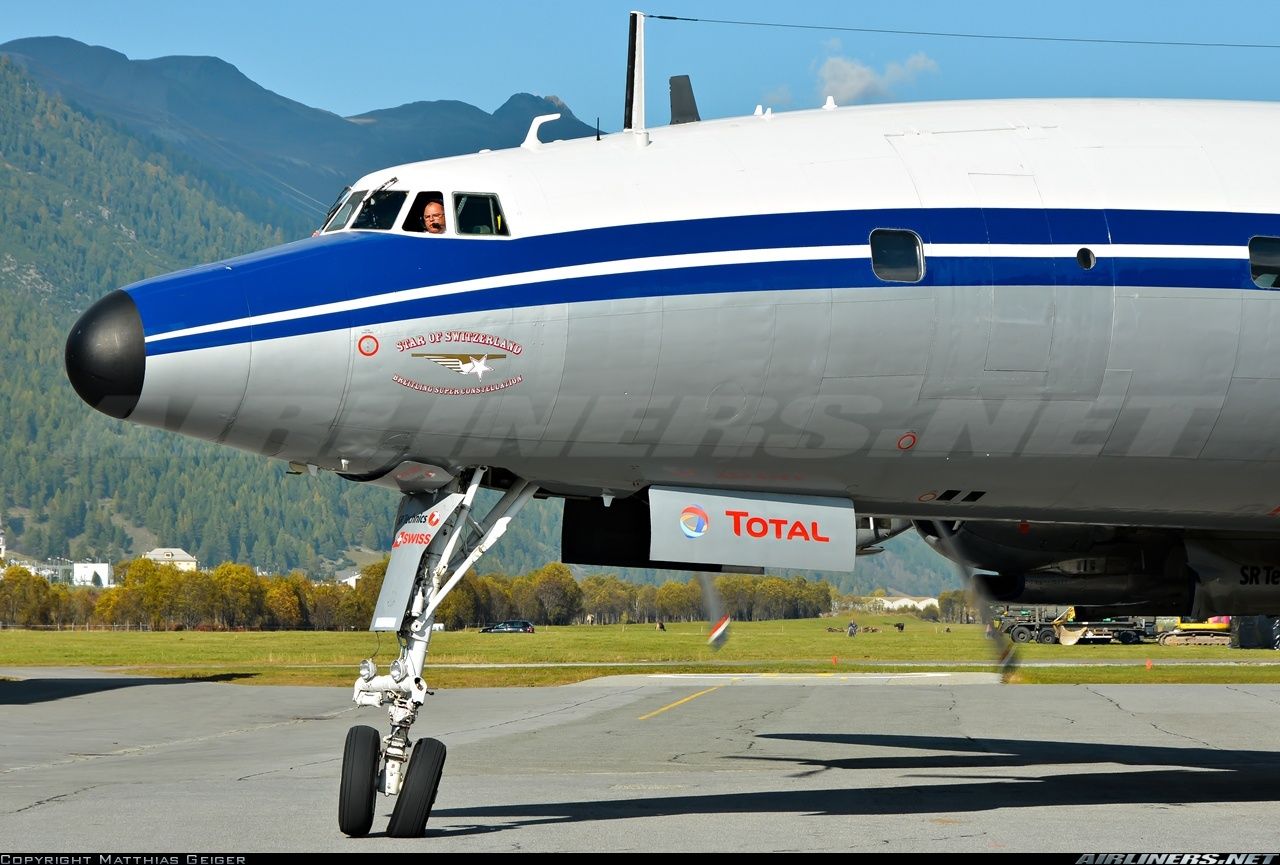Matthew Black
Filing Flight Plan
- Joined
- Apr 6, 2023
- Messages
- 12
- Display Name
Display name:
Boeing7871216
This does sound very likely, thanks!I think this is not the right “ Corner” but I’ll take a WAG.
Applying brakes will create heat and also the possibility of a pressure leak of a
flammable fluid. Putting this assembly inside the wheel well may not be good.
Also many aircraft have a “ strap brake” that stops wheel rotation.
Comments?


This is my guess as there have been other aircraft that had the same limitation. Some of the older low PSI hydraulic systems didn't have the power to handle the demand when the gear lever was selected. Once higher PSI systems were introduced things changed on various aircraft where the brake systems automatically stopped the main wheels from spinning during the retract phase.Is this because there is not enough hydraulic pressure for both at the same time?
Part of the recovery turbine operation involves mixing fresh air back into the exhaust stream which in turn ignites with the remaining unburned fuel. If you dig deep enough in the old manuals you'll find "flame" charts which were used to tweak the engine mixture cruise settings or troubleshoot issues based on the color of those flames.why would the PRT engines cause flames from the exhaust?
That's a very interesting way to monitor fuel flow!Part of the recovery turbine operation involves mixing fresh air back into the exhaust stream which in turn ignites the remaining unburned fuel. If you dig deep enough in the old manuals you'll find "flame" charts which were used to tweak the engine mixture cruise settings or troubleshoot issues based on the color of those flames.
Its more like a visual verification your fuel flows are good. The flight engineer had fuel flows on his panel. But if I recall correctly, the PRT engines required a different power management process given the turbines added more engine power downstream of the combustion process outside of the fuel flow indications.That's a very interesting way to monitor fuel flow!
I looked at the flight manual....read all the checklists, but did not see any mention of this subject.

